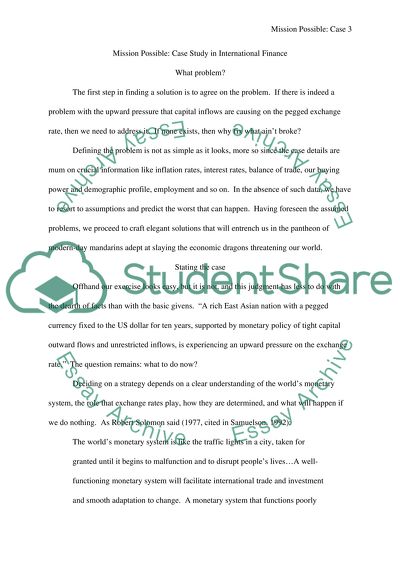Cite this document
(“The Economic Dragons Threatening Our World Research Paper”, n.d.)
The Economic Dragons Threatening Our World Research Paper. Retrieved from https://studentshare.org/finance-accounting/1525037-international-finance-master-essay
The Economic Dragons Threatening Our World Research Paper. Retrieved from https://studentshare.org/finance-accounting/1525037-international-finance-master-essay
(The Economic Dragons Threatening Our World Research Paper)
The Economic Dragons Threatening Our World Research Paper. https://studentshare.org/finance-accounting/1525037-international-finance-master-essay.
The Economic Dragons Threatening Our World Research Paper. https://studentshare.org/finance-accounting/1525037-international-finance-master-essay.
“The Economic Dragons Threatening Our World Research Paper”, n.d. https://studentshare.org/finance-accounting/1525037-international-finance-master-essay.


